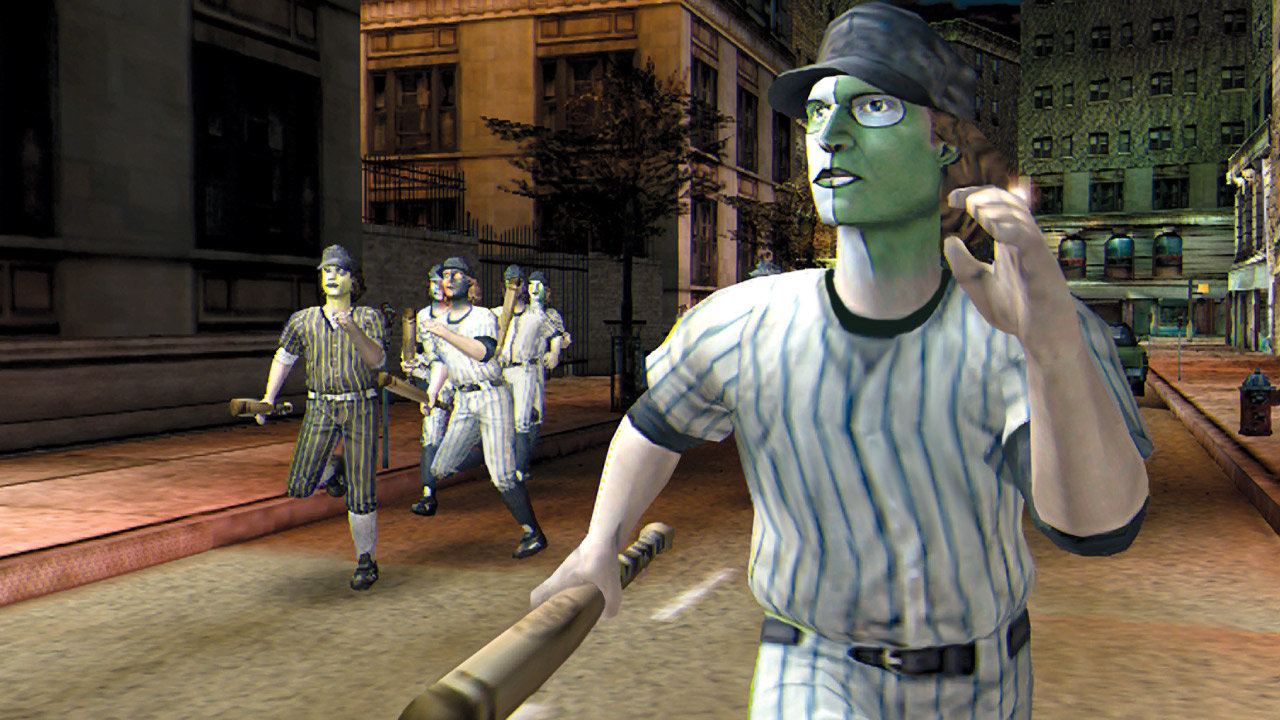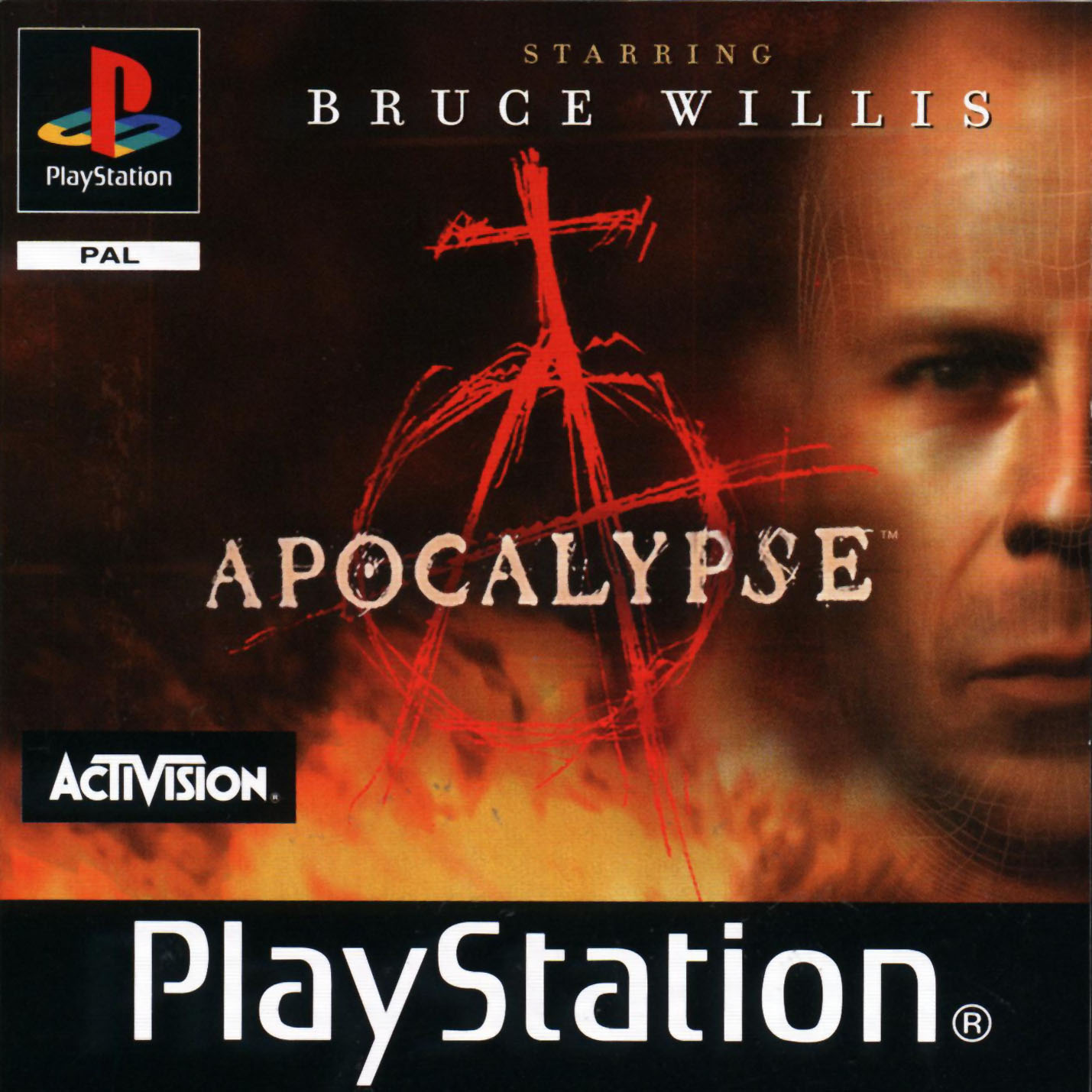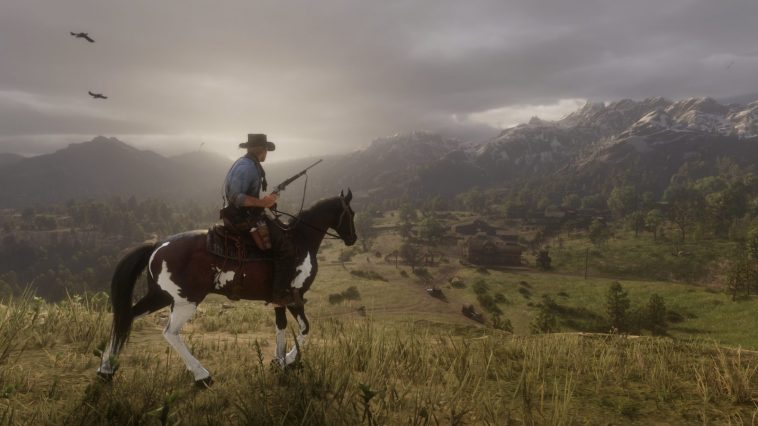The rip-roaring yee-haw success of western-themed video game Red Dead Redemption 2 is really something to behold. The third in the Red Dead series, its $725 million opening weekend haul is the kind of mouth-watering results which make the film industry business look like a tiny market stall trader by comparison. Ironically, the game’s developer Rockstar Games, like many of their previous titles, have cribbed from a whole series of movie influences and cinematic imagery to breathe life into their product. Unsurprisingly, the holy triumvirate of John Ford, Sergio Leone and Sam Peckinpah loom large within the game’s western aesthetic, but it’s difficult to imagine any modern interpretation of the western not pulling from those epic Ford vistas, in particular. Elsewhere in the game, the spraying viscera of the gunplay even brings to mind Tarantino’s deliciously OTT bloody mayhem from Django Unchained.

The Grand Theft Auto series – Rockstar’s longest-running and arguably most iconic franchise – has invoked a cinematic landscape throughout their titles. San Andreas dropped the player within that urban environment reminiscent of Menace II Society and Boys ‘N The Hood, and as a whole, the makers have used the eighties Michael Mann and Brian De Palma visual and thematic approach as a springboard. Vice City, the sixth title in the series, went so far as to pay direct homage to Scarface’s kitschy, cocaine-fuelled Miami setting, with the game’s final mission, Keep Your Friends Close, mimicking the movie’s famous final scene. The difference being that Tony Montana wasn’t going around mowing down innocent bystanders or bashing in the brains of pedestrian and managing to evade police capture for the next level or so.

The symbiosis between cinema and video game is hardly surprising, given the crossover appeal of both mediums. Like the advances seen in cinematic story-telling, gamers are also able to get behind more heavily-plotted game narratives, and the usually large ensemble of characters which comes with that. Even Hollywood A-listers the likes of Samuel L. Jackson, Gary Oldman and Liam Neeson have lent their vocal talents for many games. Apocalypse, a third-person shooter video game released for the PlayStation back in 1998, went one step further and heavily featured actor Bruce Willis, who provided the main character’s likeness and voice. Very much mirroring a Hollywood movie poster, Willis even received top-billing and a huge profile shot in the cover art, although the game itself was far from a resounding success.

Yet conversely, when Hollywood tries to mimic the video game model and adapt a popular title for the screen, without exception, most are universally-panned. Video games based on movies have been a higher success rate, although outside of the likes of Rockstar’s adaptation of 70s gangland action flick The Warriors – a title which completely lends itself to be reinterpreted as a game – and Nintendo 64’s iconic GoldenEye 007, very few film tie-ins could be considered out and out classics. It seems to work for both the gaming and movie world if they gently crib from each either instead of trying to essentially take one another on at their own game. Many of the big battles in modern blockbusters now resemble more of a video game anyway, with the elasticity and movements of the human form always stretched to breaking point during the action. In fact, during many of the Marvel third acts, it feels as if a games pad might spring up from the cinema seat at any time, willing the viewer to take control of what they’re passively engaged in up to that point.






Leave a Comment